Ok, so maybe this isn't exactly my first listen, as I've been casually listening while getting run-in time on the Audio Note UK Oto Phono SE Signature Integrated Amplifier in my vintage Altec Corona 832A loudspeakers based system since it arrived here at Jeff's Place on October 4th (you can read the "Today's Fresh Catch" post about the Audio Note UK Oto Phono SE Signature Integrated Amplifier HERE), but it is my "first listen" in my primary music listening system with my Duelund-ized "Stokowski" Altec loudspeakers.
As an aside, I love the Oto Phono SE Signature Integrated Amplifier's appearance with its black faceplate, gold controls, and gold lettering & Audio Note UK badge - it's classy looking.
In a future blog post I'll pop the bonnet off the Oto to show you what it looks like on the inside.
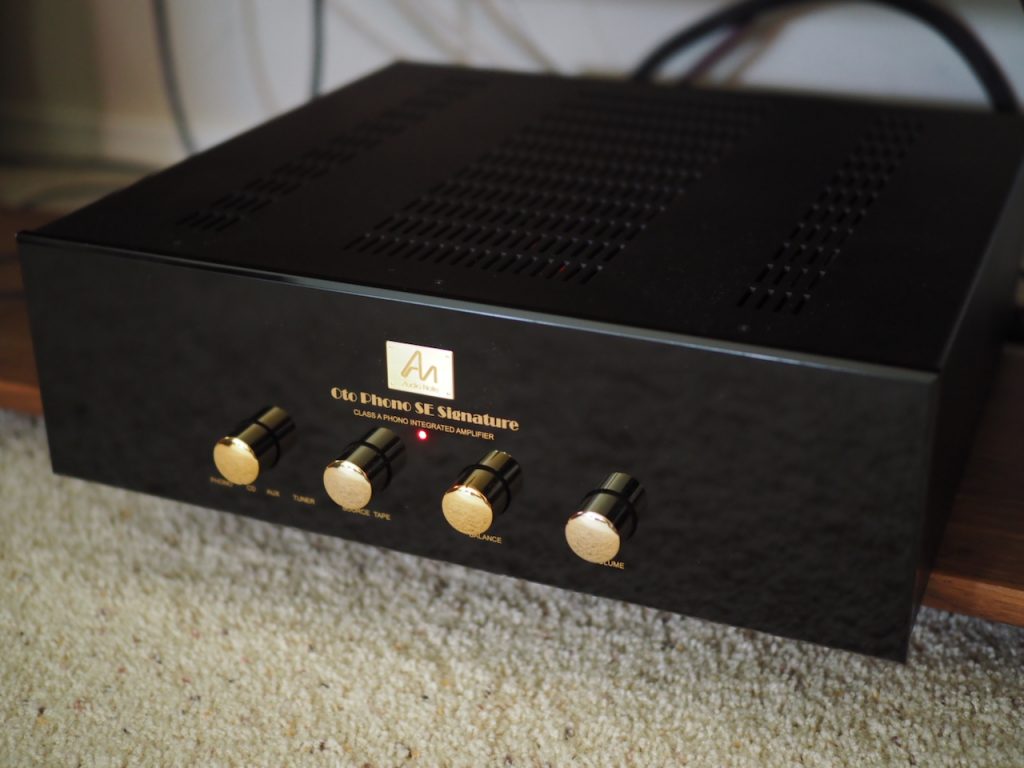
Audio Note UK Oto Phono SE Signature Integrated Amplifier
I think most of you know I love integrated amplifiers, and I have a particular fondness for EL84 integrated amplifiers, so I was particularly interested in giving the Oto Phono SE Signature Integrated Amplifier a listen in my primary music listening system.
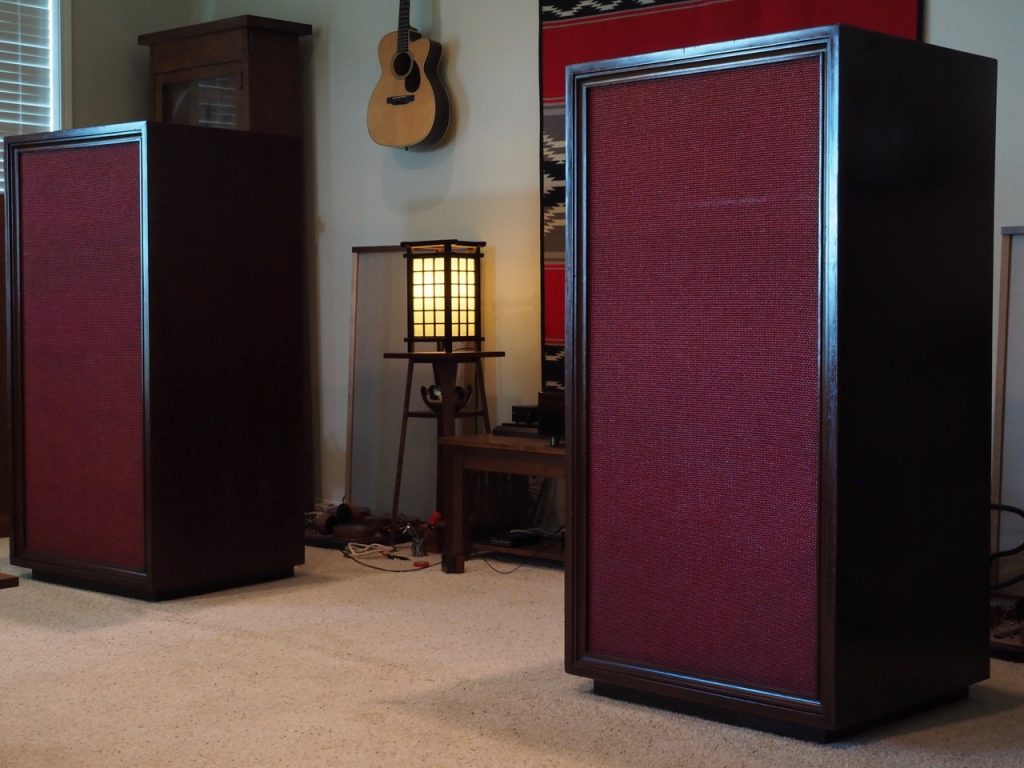
The loudspeakers in my living room system - at the moment - are the Duelund-Altec Project loudspeakers, consisting of the successful marriage of the latest state-of-art Duelund Coherent Audio CAST tinned-copper capacitors, inductors, and resistors - in a Jean Hiraga inspired crossover circuit - with the historically important vintage Altec loudspeakers that were custom made for the domestic use of conductor Leopold Stokowski in the early 1960s.
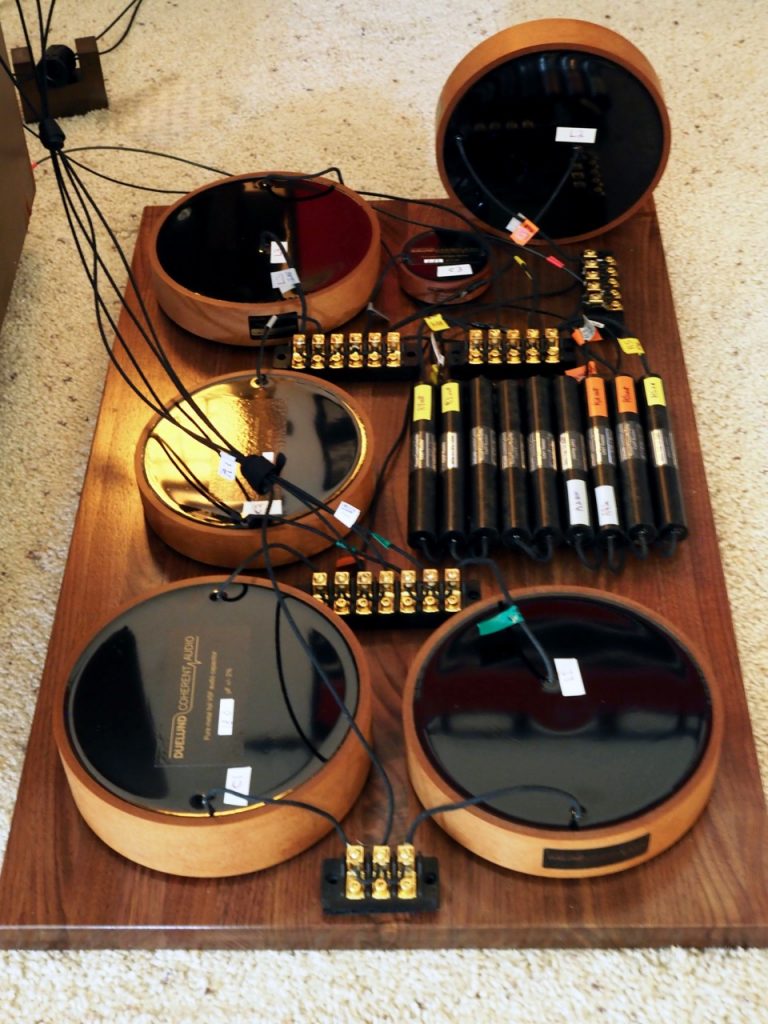
A Duelund CAST Sn-Cu crossover for the Duelund-Altec Project.

The Duelund CAST tinned-copper crossover in the left "Stokowski" Altec cabinet.
I removed all the amplification electronics from my "Stokowski" Altec loudspeaker based system, and then installed the Oto Phono SE Signature Integrated Amplifier in their place.
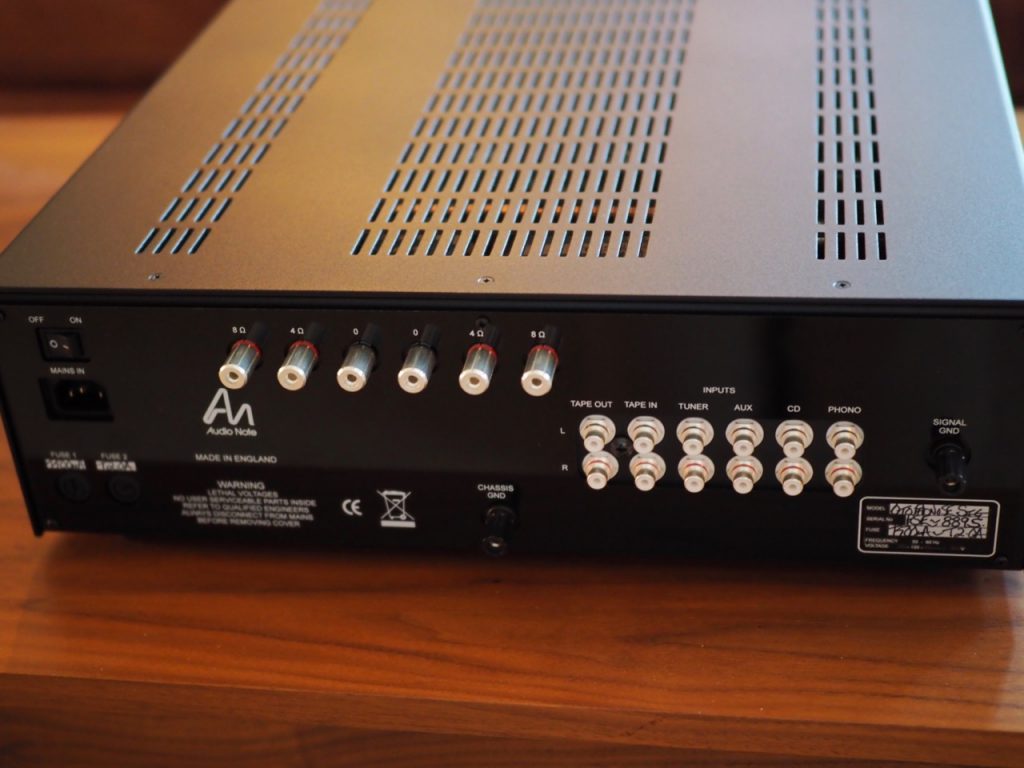
Audio Note UK Oto Phono SE Signature integrated amplifier.
All of my vintage Altec loudspeakers have 16 Ohm drivers, but there are only 8 Ohm and 4 Ohm taps on the Oto's transformers, so I hooked up my Duelund DCA16GA tinned-copper speaker cables to the 8 Ohm binding posts.
For digital, I'm using my Apple MacBook to stream Jazz 24 - the great Seattle jazz station - to my Mhdt Labs Havana vacuum tube USB DAC. To connect the two I'm using my DIY Art of Tone tinned-copper USB cable. To connect the Havana USB DAC to the AC I'm using an Acoustic Revive Power Reference TripleC NCF power cord.
To connect the Havana's RCA outputs to the Oto's auxiliary RCA inputs I used a pair of Duelund Coherent Audio DCA16GA tinned-copper interconnects terminated with the new plastic-free Duelund RCA connectors.
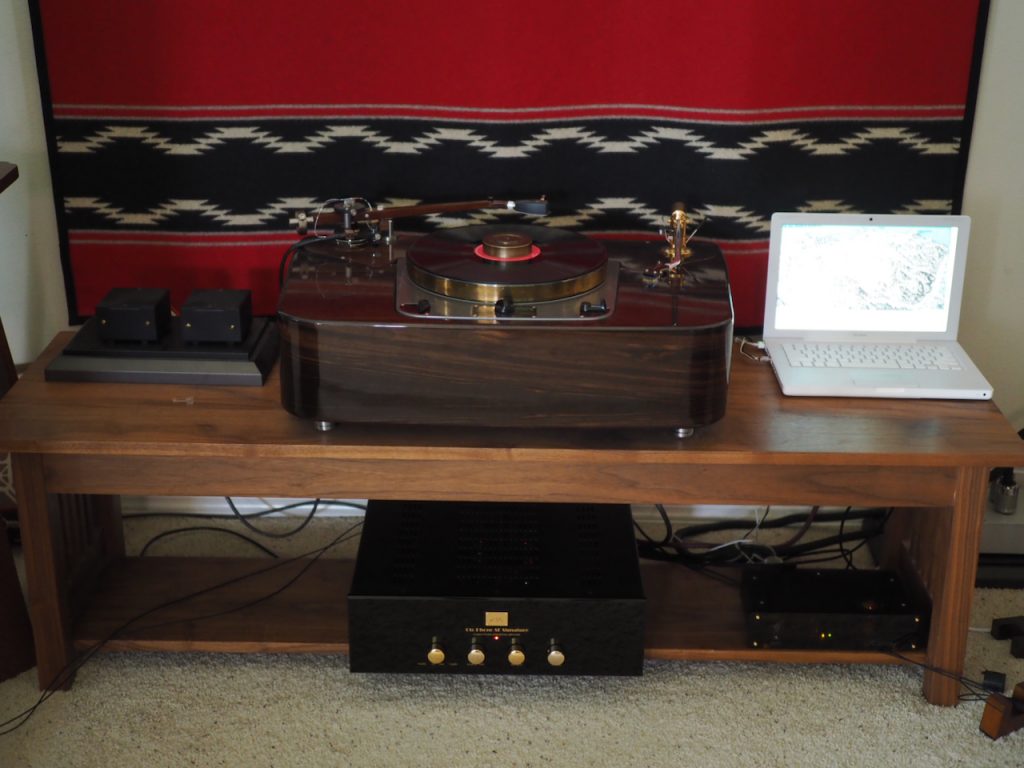
For an analog source I used my Classic Turntable Company hot-rodded Garrard 301 turntable in an Artisan Fidelity plinth, with a SPEC AP-UD1 Analog Disc Sheet turntable mat, a Peter Riggle Audio Engineering Woody SPU tonearm equipped with—what else—an Ortofon SPU Classic GM MkII stereo phono cartridge, stepped-up with an Intact Audio SUT that compliments the Ortofon SPU Classic GM MkII, and a Thomas Schick tonearm equipped with a Soundsmith Zephyr Mk III phono cartridge. My turntable connects to the Acoustic Revive RPT-6 Absolute NCF Power Distributor with a combination of an Acoustic Revive RAS-14-TripleC NCF Power Stabilizer and a Furutech G-320Ag-18 power cable.
Alas, the Oto has only one pair of phono inputs, so no easy switching between phono inputs like I can with my vintage McIntosh MX110Z tuner-preamplifier, so a little manual labor was involved when switching between tonearms.
My wall outlets are Acoustic Revive customized Oyaide R-1 outlets fitted with Acoustic Revive CB-1DB Receptacle Base Plates and CFRP-1F Carbon Fiber Outlet Plates. From the wall outlet an Acoustic Revive Absolute Power Cable provides AC to an Acoustic Revive RPT-6 Absolute NCF Power Distributor, which distributes AC to the DAC with the aforementioned Acoustic Revive Power Reference TripleC NCF power cord cable, and to the Oto Phono SE Signature with an Acoustic Revive Absolute Power Cable.
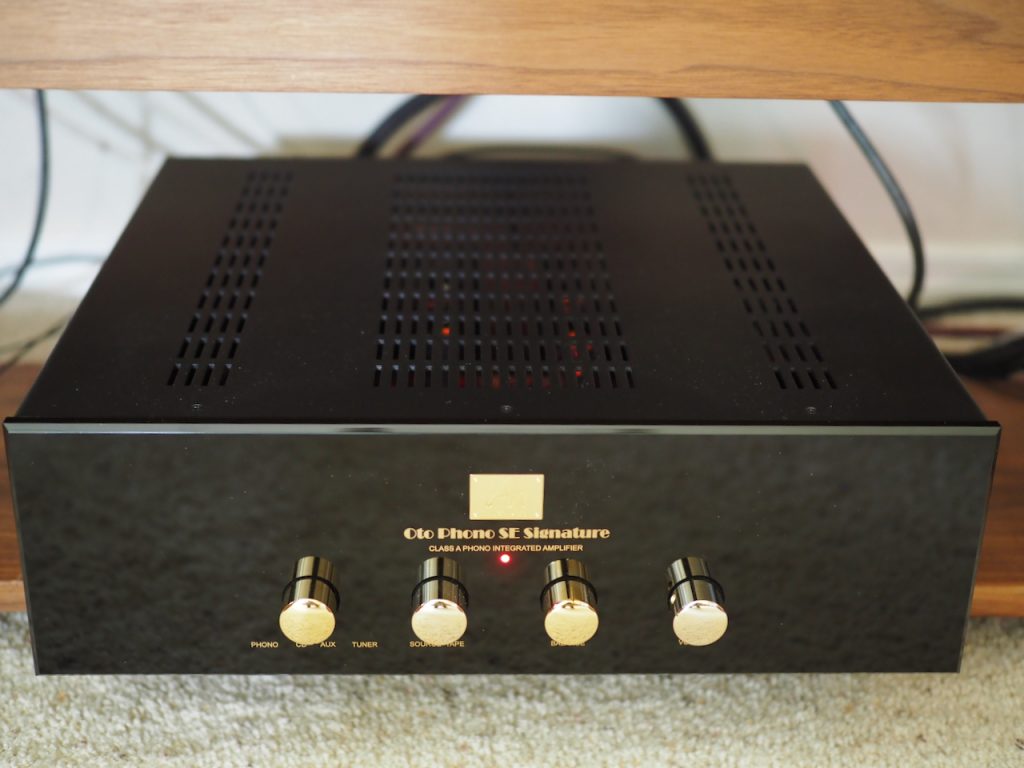
Audio Note UK Oto Phono SE Signature integrated amplifier.
Let me state right now for the record that I believe every integrated amplifier ought to include a phono stage like the Oto does. I love the fact that the Oto has an inboard phono stage, it just makes sense for an integrated amplifier.
Another integrated amplifier belief I hold is that about 90% of the audiophiles with a "music lover" orientation would be better off with an integrated amplifier like the Oto than they would be with the combination of a separate preamplifier, phono preamplifier, and amplifier.
Quality integrated amplifiers offer high-performance and high-value for your money. Take the Oto at $6330 USD, for example. While the Oto is not inexpensive, if you were to buy separates to get this level of musicality & sound quality, you would probably be looking at spending around $15K USD or thereabouts.
While less obvious, you also save a bundle of money on interconnects and power cords with an integrated amplifier.
That means more money for music or the other things you value in life.

If you feel a burning need to spend that extra amount of money on audio equipment, I would suggest you spend it on better loudspeakers. A really good integrated amplifier like the Oto, along with a good pair of loudspeakers, will give you the most bang for your musical buck.
Integrated amplifiers are perfect for people who would rather spend their money building up their music library and listening to music, than spending their hard-earned income on multiple components, or playing on the gear-exchange merry-go-round that some hobbyists enjoy.
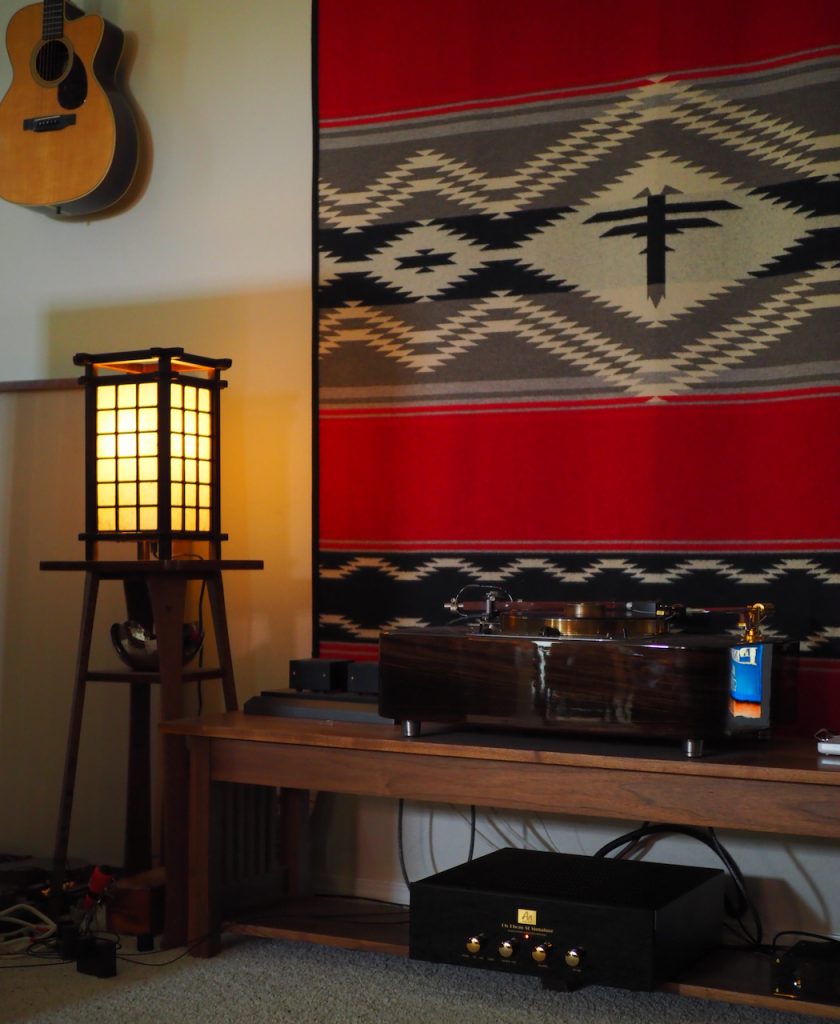
Let me preface my initial listening impressions of the Oto SE Signature by saying that I'm not sure it is completely run-in yet, as I haven't been keeping track of run-in hours very carefully. It probably has around 200 hours on it now.
Micky at Audio Note UK told me to give the Oto SE Signature 150 hours of run-in time, but I'll tell you what, in my experience, with a lot of audio amplification equipment, it really takes longer than that, more like around 300 hours. At least that's my experience.
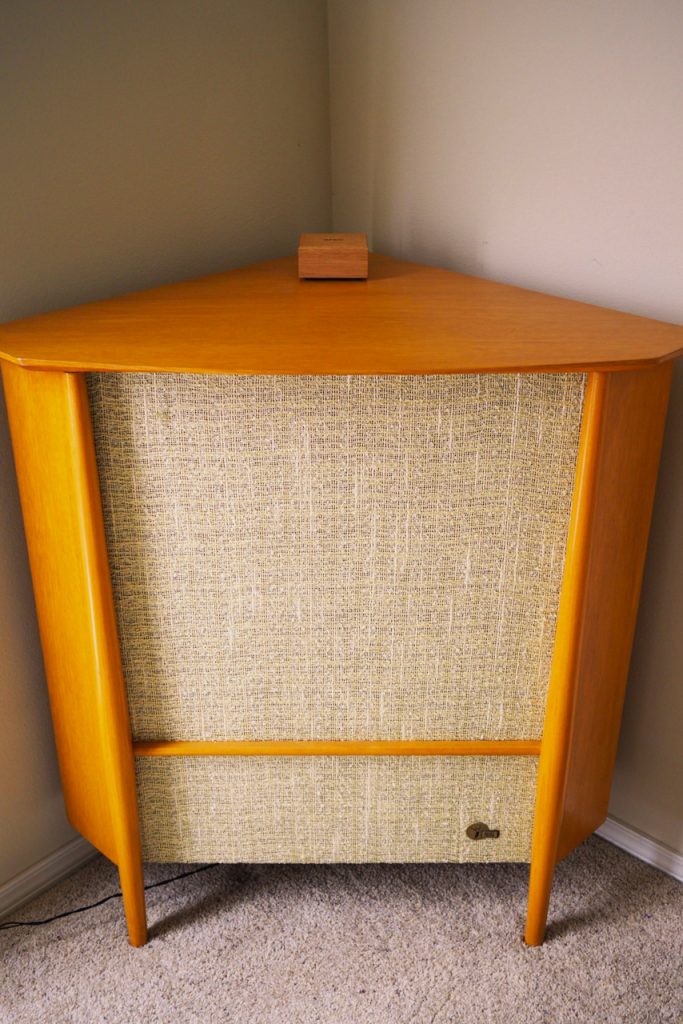
Vintage Altec Corona 832A loudspeakers.
The Oto SE Signature sounded a little brash and forward through its "CD" line input while streaming Jazz24 during the early hours of its run-in period on my vintage Altec Corona 832A loudspeakers, which is not unusual for amplification electronics during the run-in period.
I experienced the same sort of thing with the Pass Labs XA25 power amplifier that I just wrote up for Positive Feedback in the "The Pass Labs XA25 Class A Stereo Amplifier - The Little Engine That Could" feature article HERE.
The Oto SE Signature smoothed out and became more natural sounding as it continued to accumulate run-in time, so don't get too excited if your Oto sounds a little forward and brash to begin with, as it'll settle down as it accumulates more run-in time.
So with that little heads-up out of the way, let's proceed.

Seattle's Jazz24 stream
Here was my "First Listen" listening plan for the Oto:
- Install the Oto SE Signature into the "Stokowski" Altec loudspeaker based system and give it a few days to equilibrate in the system.
- Let the Oto warm up for an adequate length of time before each listening session.
- Listen to the Jazz24 stream to check out the line-level performance.
- Listen to vinyl to see how the phono stage performs.
- Muse about what the results mean!
After I felt like the Oto Phono SE Signature had enough run-in time on it to have settled down, I installed it into the Duelund-ized "Stokowski" Altec loudspeaker based system in my living room. A guesstimate is that I have about 200 hours on the Oto now, a little short of the 300 hours that I normally use as a run-in benchmark.
When first installing a new component into a different system, I like to let it play music for for a few days until I'm confident everything in the system has settled back into equilibrium, otherwise one can mis-attribute something going on with other aspects of the system settling back in - cables are the typical offender - with the actual performance of the new component.
After everything had settled back into equilibrium, I let components in the system warm up for about an hour while playing music before I did any evaluative listening sessions, to make sure everything was warmed up adequately.
Ok, so first I streamed Jazz 24 to let the Oto warm up and get settled in, then I sat down for a line-level listening session to Jazz24 to gather some first impressions in the familiar context of my "Stokowski" Altec loudspeakers based system.
My first impression upon listening to the Jazz24 stream with the Oto was that its calling card was clarity, vivid instrumental & vocal presence, and prowess in reproducing the motional elements of music, like beat, tempo, rhythm, and melodies.
The Oto Phono SE Signature sounded transparent and resolving, and I could hear all kinds of instrumental and vocal nuance. Cymbals and percussion were vivid, detailed, and rhythmically engaging, while giving a fine sense of the musician's "touch" upon the surface of cymbals and drum heads, for example.
It wasn't just in the mid-range on up into the highs that the Oto was transparent and resolving, as the mid-range on down into the lows was transparent and resolving as well, with upright bass - for example - sounding naturally resolved and engaging.
From a musicality perspective, instrumental and vocal timbre sounded natural in texture and tone, with tempo, beat, rhythm, and melodies sounding very engaging and satisfyingly musical. Male and female vocal sibilance sounded natural and "breathy" rather than overly sharp and forward, like you hear from some electronics.
Images displayed lots of vivid presence - one of the Oto's calling cards - and the soundstage was about as wide, deep, and tall as I've ever heard it sound in my "Stokowski" Altec's system.
All in all, the Oto presented a very engaging and satisfying combination of musicality and visuospatial information from the Jazz24 stream.
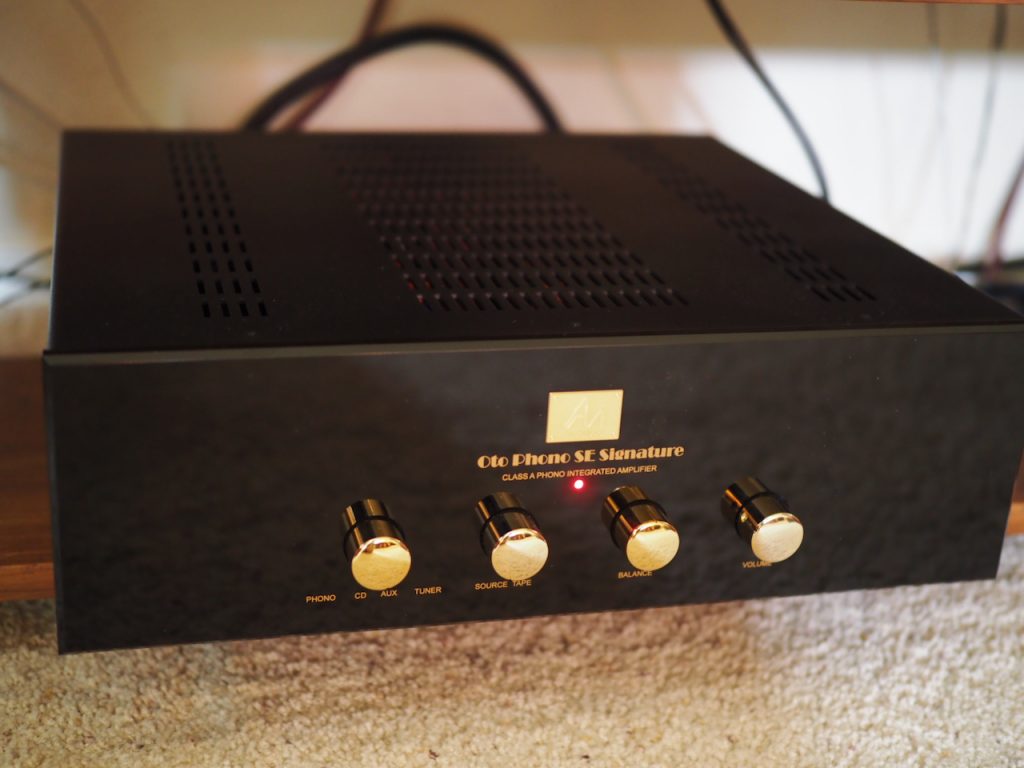
The Oto Phono SE Signature is voiced in a well-balanced fashion in its overall presentation of the basic components of musicality, like timbral realism, resolution of tone color, melody, harmony, rhythm, tempo, dynamics, and the ability to play naturally at live-like levels (i.e. loudness), as well in its presentation of visuospatial recording elements like transparency, resolution, soundstage, the sense of acoustic "space" of the recording venue, and imaging.
The Oto Phono SE Signature performed very nicely from its line-level playing Jazz24. I always felt particularly well engaged with the music-making experience as a listener, and I particularly enjoyed the Oto Phono SE Signature's musical clarity, the vivid presence of instruments and vocals, and the engaging portrayal of timing elements in beat, rhythms, tempos, and melodies.
One thing that I should mention, is that due to the Oto Phono SE Signature's clarity, vivid presence, and prowess with beat, rhythms, tempos, and melodies, it was as musically engaging at lower than live-like SPLs as it was at live-like SPLs. For music lovers that like to listen at lower volumes levels this is a particular boon, as well as for listeners in environments where they have to be sensitive to volume levels so as not to disturb others, like in apartments, for example. The Oto Phono SE Signature makes listening to music fun whether you're listening at lower levels, or live-like levels, which is a very cool attribute.
After listening to Jazz24 to get a feel for the Oto Phono SE Signature's line-level performance, I wanted to move on to some vinyl listening to get a feel for the Oto's phono stage performance, but given this "First Listen" post is getting rather long, I shall call this "Part 1" and report on my "vinyl first listen" impressions in a subsequent "Part 2" post.
So stay tuned, I'll have much more to say about the Oto Phono SE Signature in a subsequent post as I gather my "First Listen" impressions on vinyl.
As always, thanks for stopping by, and may the tone be with you!





























